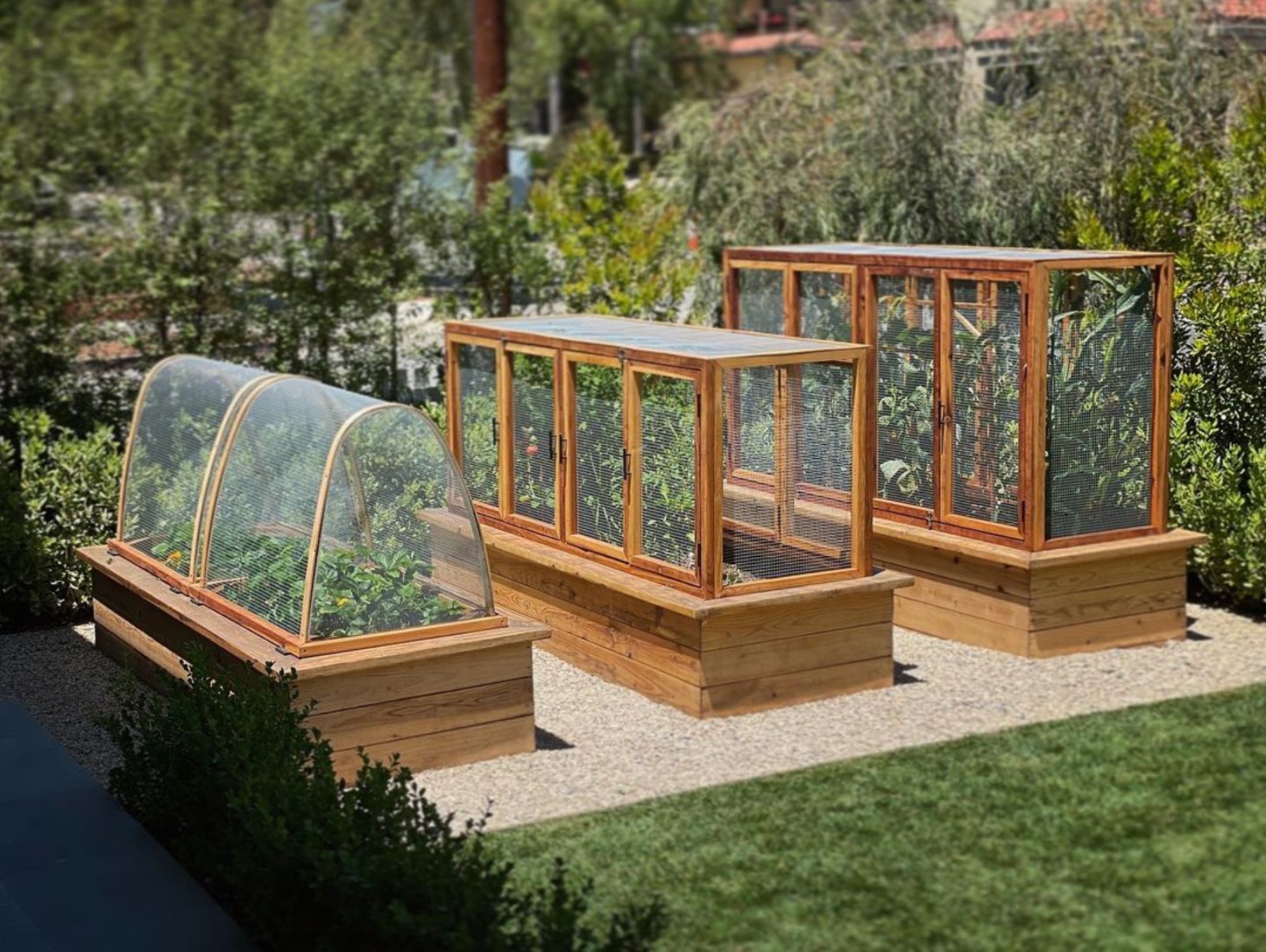Building Raised Garden Beds: A Comprehensive Guide
Raised garden beds have become increasingly popular among home gardeners for various reasons. They offer several advantages over traditional in-ground gardening, including improved soil drainage, earlier planting, and reduced weed growth. In this guide, we will explore the steps involved in building a raised garden bed, from selecting materials to planting your crops.
The first step in building a raised garden bed is to choose the right location. Select a spot that receives at least six hours of sunlight per day. Ensure the area is level and free from obstructions like trees or buildings that may cast shadows. Additionally, consider the proximity to a water source for easy watering.
The materials you choose for your raised garden bed will depend on your budget and personal preference. Common materials include:
Wood: Cedar, redwood, and pressure-treated lumber are popular choices for their durability and natural look.
The size and shape of your raised garden bed will depend on your gardening needs and available space. Consider the types of plants you want to grow and the amount of space they require. A common size for a raised bed is 4 feet wide by 8 feet long.
Before assembling your raised garden bed, prepare the base by removing any grass or weeds. Level the ground and add a layer of landscape fabric to prevent weeds from growing through the bottom of the bed.
Follow the manufacturer’s instructions for assembling your chosen materials. Ensure the bed is level and secure. If using wood, consider treating it with a wood preservative to extend its lifespan.
Fill the bed with a high-quality potting mix or garden soil. You can also add compost, manure, or other organic matter to improve soil fertility. The ideal depth for most vegetables is 8-12 inches.
Once the bed is filled, you can start planting your crops. Follow the planting instructions on seed packets or plant labels. Water your plants regularly, especially during dry periods.
To maintain your raised garden bed, regularly weed it and remove any plant debris. You may also need to add additional soil or compost to replenish nutrients. In colder climates, consider covering your bed with a protective layer of mulch or row cover to protect your plants from frost.
Building a raised garden bed is a rewarding project that can enhance your gardening experience. By following these steps and considering the factors discussed in this guide, you can create a beautiful and productive garden.

